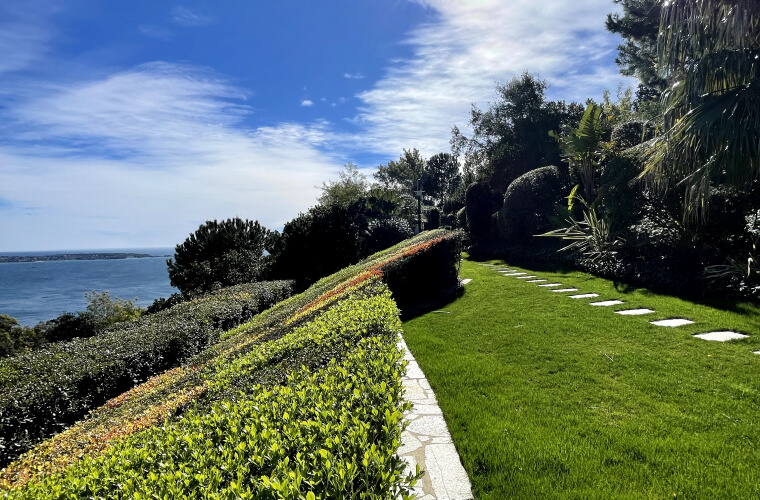Sports turf
This is a turf cover designed for sports fields and glades for mass games. A sports turf is created by sowing seeds and laying specially grown turf from trampling-resistant grass species.
In practice, these are competition grounds with a grass base, which requires a certain selection of grasses depending on the sport for which the lawn is intended, as well as on the intensity of operation. The main components in grass mixtures for sports lawns are red fescue, bluegrass meadow, perennial ryegrass.
Depending on the purpose of the stadium, the grass is mowed once or twice a week, and if necessary, even more often. With regular maintenance, the sports turf is well tolerated by intensive and long-term loads.
The device of a sports lawn during the construction of open planar structures should begin with the marking of the area, the device for surface drainage, the preparation of the underlying layer from cohesive draining or filtering soils and the spreading of the soil layer.
For sports lawns, the mechanical composition of the soil is very important. None of the natural soils can be practically used for sports lawns without soil improvement measures, since their mechanical composition does not meet the requirements.
Sports lawns are created on a plant layer of the earth that is uniform in structure and thickness (at least 25 cm thick). The land should be well-drained with high connectivity and a balanced ratio of key nutrients.
The plant soil is laid in accordance with the height marking in layers of 8-12 cm, leveling with a rake and rolling with wooden rollers weighing 80-100 kg. The final leveling of the soil is carried out very carefully, in 3-5 passes with a rake, then rolled up and down with a roller. Planning is carried out intermittently for 5-6 weeks so that the soil has time to settle and compact. If when walking on the field there are noticeable traces, then it is necessary to continue rolling.
Drainage is recommended for sports lawns. On heavy soils, drains are laid more often (4-8 m) and closer to the surface (60 cm); on medium ones – less often (10-12 m) and deeper (90-100 cm). On heavy waterproof bases, it is better to make continuous drainage from crushed stone with a layer of 10-15 cm (fraction 20 mm), gravel or expanded clay with a layer of 5-7 cm (fraction 8 mm) and coarse-grained river sand with a layer of 7-10 cm, slope not less than 0.008.
The sports lawn should be operated only after the grass stand has fully developed and the first mowing is completed.






